Introduction
Apartment ventilation is exchanging indoor air with outdoor air to improve the quality of air within a building. Proper ventilation is essential for both the health of residents and the energy efficiency of the building. There are several different apartment ventilation systems, each with advantages and disadvantages. To choose the right design for your facility, you need to understand how each type works. In this article, I will discuss how does apartment ventilation work. So let us get started.
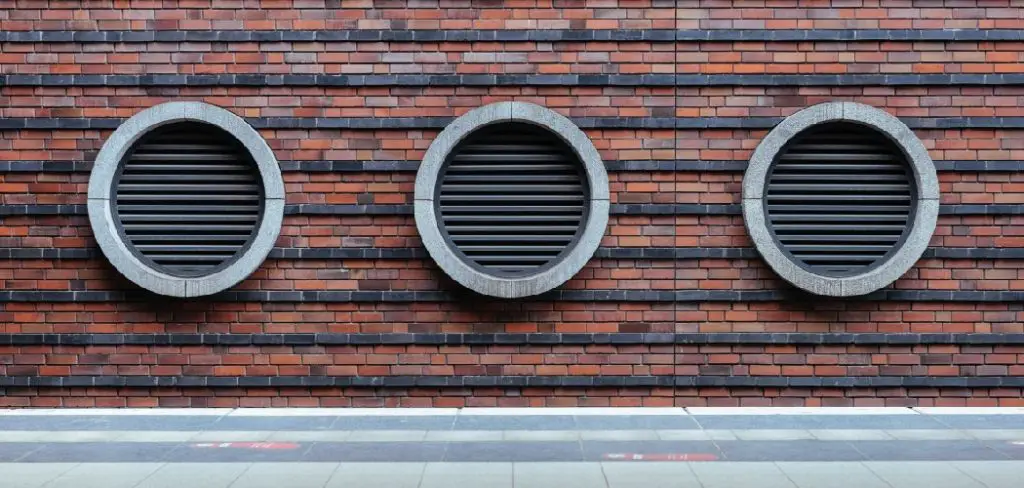
What Kind of Ventilation System Does an Apartment Require?
The two basic types are exhausted systems and supply or make-up air systems. Indoor sources like cooking, laundry appliances, bathrooms, etc., need make-up (supply) air. Exhaust (make-up) air comes outdoors to replace the exhausted indoor air.
Ventilation usually consists of both fresh (make-up) and exhaust (exhausted) airflow components that produce either positive pressure or negative pressure within the home/building at different times during the day or year, depending on your local climate conditions…
A Detailed Guide on How Does Apartment Ventilation Work
There are three main types of apartment ventilation systems: exhaust, supply, and balanced. Exhaust systems draw polluted air out of the building and replace it with the fresh air outside. Supply systems bring fresh air into the building but do not remove any polluted air. Finally, balanced designs provide fresh air while also removing pollutants.
Exhaust Systems
When a person exhales, the body releases water vapor and carbon dioxide. Both substances are pollutants that can hurt indoor air quality. Exhaust systems extract these pollutants from the building and expel them outside. In other words, as this system works, it creates a flow of air from inside to outdoors, so there is always fresh, clean air within the building.
Thus, exhaust ventilation can help prevent harmful contaminants such as secondhand smoke and cooking odors from seeping back into your apartment. In addition, during the winter months, when many people save money by closing their windows and using fans for warmth, exhaust systems can help reduce humidity levels in buildings since they remove moist air and replace it with drier outside air.
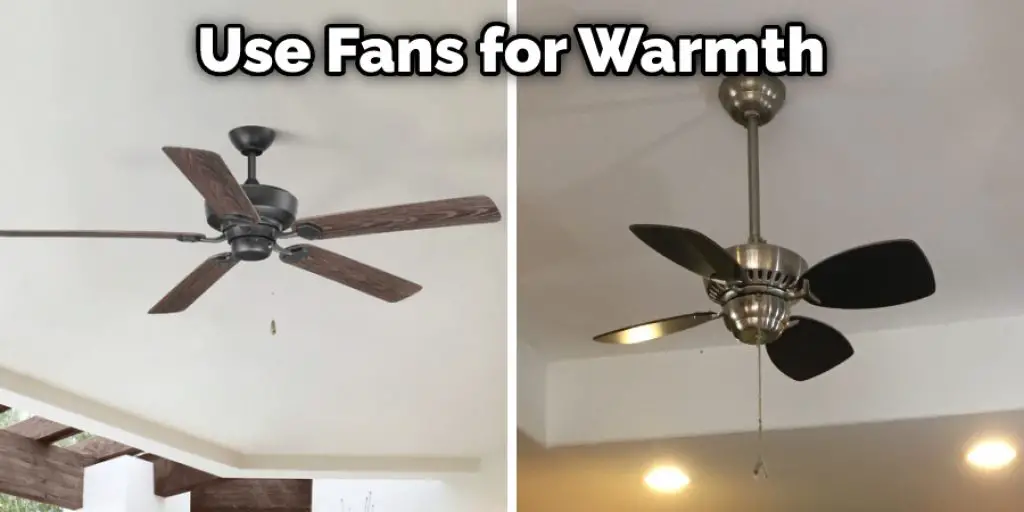
Supply Systems
A supply ventilation system brings fresh air into the building, but it does not remove any polluted air. This type of system is often used in conjunction with an exhaust system to create a balanced ventilation system. The main benefit of using a supply system is that it helps improve indoor air quality by providing occupants with fresh air to breathe. It also helps reduce the amount of moisture in the air, which can be helpful during winter months when humidity levels tend to be high.
Balanced systems
A balanced ventilation system provides fresh air and removes pollutants from the building.
Now that you know a bit about the different apartment ventilation systems, it’s time to decide which type is right for you. If you’re looking for a system that helps improve indoor air quality and reduce humidity levels, then a balanced approach is probably the best option. On the other hand, if you’re mainly concerned with removing pollutants from the building, then an exhaust system may be the best choice.
And if you’re looking to bring in fresh air without worrying about contaminants, then a supply system will do the trick. No matter what type of ventilation system you choose, make sure to have it installed by a qualified professional to ensure it works properly and safely.
Advantages of a Good Quality Ventilation
A well-ventilated apartment is healthier and more comfortable to live in. Proper ventilation can also help to reduce moisture build-up, control indoor air pollution, and improve energy efficiency. In addition, by removing stale air and replacing it with fresh air, a sound ventilation system can help to reduce the risk of respiratory problems, allergies, asthma, and other health issues.
Details on What Are the Parameters of a Good Quality Ventilation
There are many factors to consider when installing an apartment ventilation system. The most important ones are the climate, the building construction, the number of people living in the building, and the variety of activities taking place in the building.
There are four main types of ventilation systems: natural ventilation, balanced ventilation, forced ventilation, and mixed-mode ventilation.
Natural Ventilation
This system uses the wind and stack effect (the warm air rises and creates a pressure difference that causes fresh air to enter) to move air through the building. It is best suited for climates with low humidity and moderate temperatures.
Balanced Ventilation
This system uses a combination of natural ventilation and mechanical fans to move air through the building.
Forced Ventilation
This system uses mechanical fans to move air through the building. It is best suited for climates with higher relative humidity and moderate temperatures.
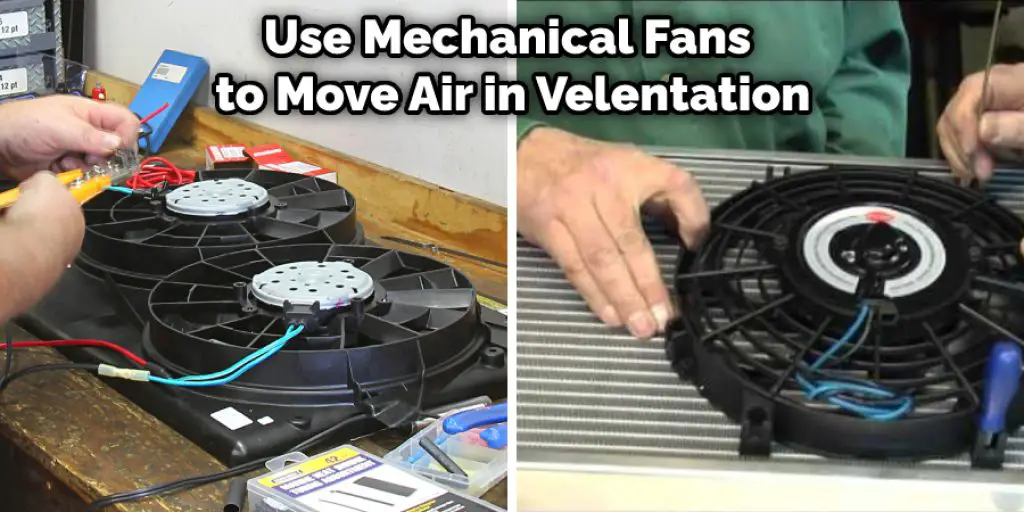
Mixed-Mode Ventilation
This system uses a combination of natural ventilation, balanced ventilation, and forced ventilation to move air through the building. It is best suited for humid climates.
Details on Harmful Effects of Bad Quality Ventilation
Step One: Increased Energy Consumption
Poor ventilation makes the place hot and causes air conditioning to work hard to provide you with fresh air. As a result, your apartment’s cooling bills will increase drastically. Moreover, it leads to increased humidity between walls.
Step Two: Increased Noise Pollution
If windows are not closed properly, or there is no exhaust system at all, windows become significant sources of noise, making the environment quite irritating for everyone living here. The outside noise can also be heard loud enough like someone upstairs’ baby is crying through the vents, which makes the environment irritable for people living inside too.
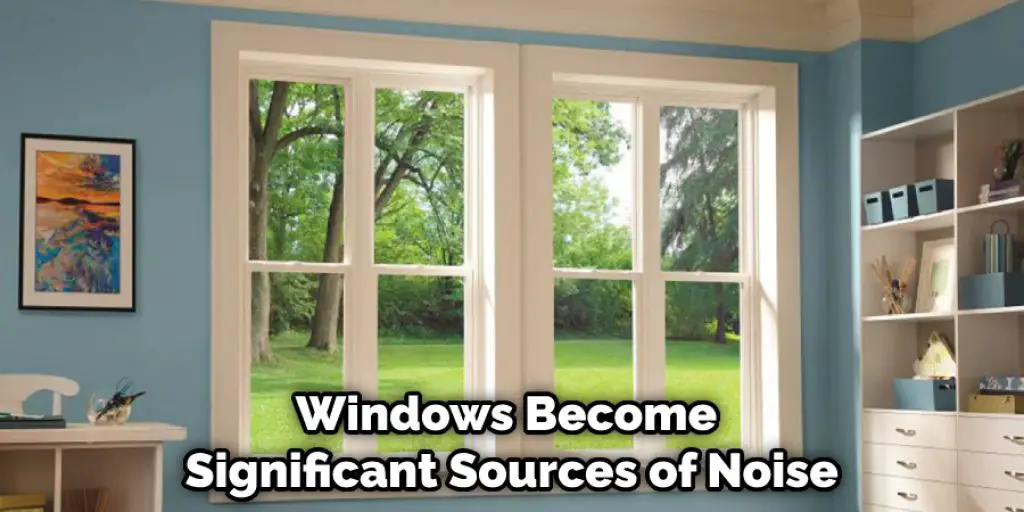
Step Three: Mold Formation
This harmful fungus easily forms on wet surfaces that would have remained dry if there was proper ventilation provided in your apartment. As a result, moldy walls are included, which is harmful to everyone living, thereby reducing the lifespan of your furniture and other items.
Step Four: Allergy Attacks
An improper ventilation system would lead to the formation of harmful pollutants through pollen or other harmful particles that make people sick with allergies or asthma. Many people have to leave their homes because they cannot breathe properly due to these health risks caused by inadequate quality ventilation systems in their apartments.
Step Five: Poor Appearance
If you don’t maintain proper ventilation in your apartment, it will become dusty very quickly, leading to the formation of dirt on everything around you, ultimately giving the place an ugly look, mainly if it’s located somewhere visible from the public eye, e.g., rooftops, etc.
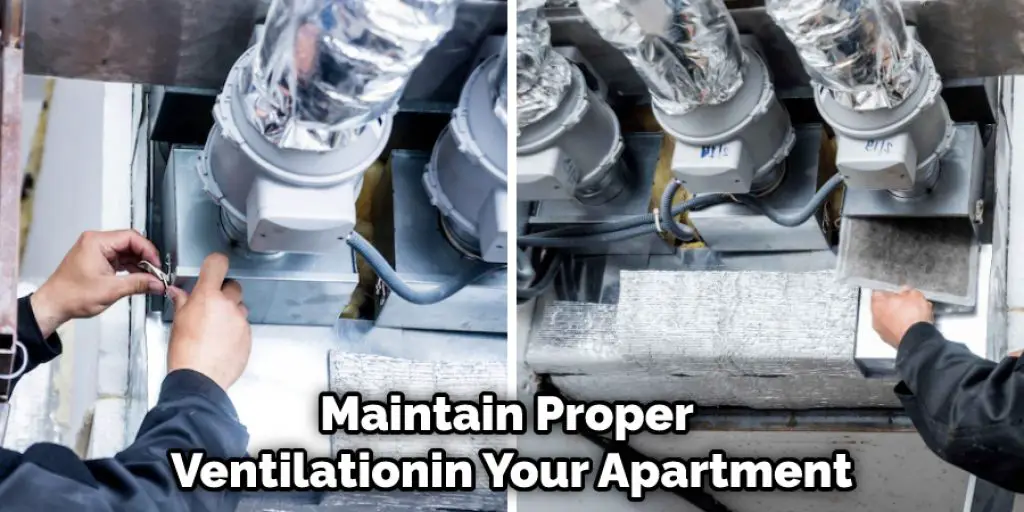
Step Six: Bad for Resale Value
Apart from making living difficult, inadequate ventilation also lowers the resale value of your property as no one wants to buy a place where they have to deal with so many problems right after moving in.
Step Seven: Decline in Property Value
The lower the quality of ventilation provided at a given apartment complex, the higher will be its decline in market value over time which is why you should always go for sound quality ventilation systems that last long and provide satisfactory services rather than going for cheap alternatives that will only cause you problems later on.
Step Eight: Inappropriate Maintenance Calls
Poor ventilation calls for more visits by contractors or maintenance technicians who charge homeowners extra money whenever they come over, even if it’s not their fault. This only increases your monthly bills without actually solving the problem at hand.
Apart from the above-mentioned harmful effects, bad quality ventilation can also lead to a decline in your overall health due to continuous exposure to harmful pollutants and allergens. Therefore, you must get proper ventilation installed in your apartment as soon as possible to avoid all these problems and live in a healthy environment.
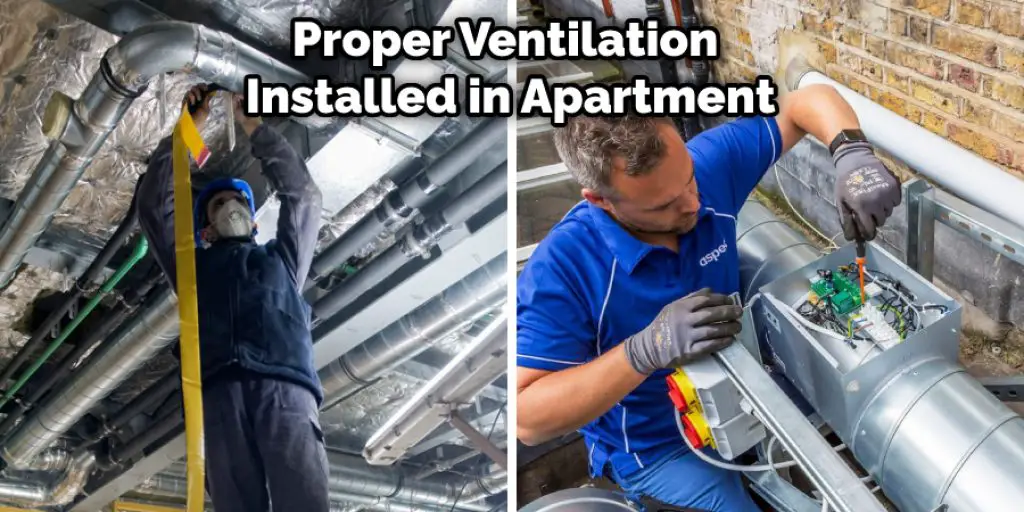
You can always consult professionals who will help you choose the right ventilation system for your needs according to the size of your apartment and other specific requirements.
Conclusion
I hope this article has offered you all the information on how does apartment ventilation work. Thank you and have a nice day!








